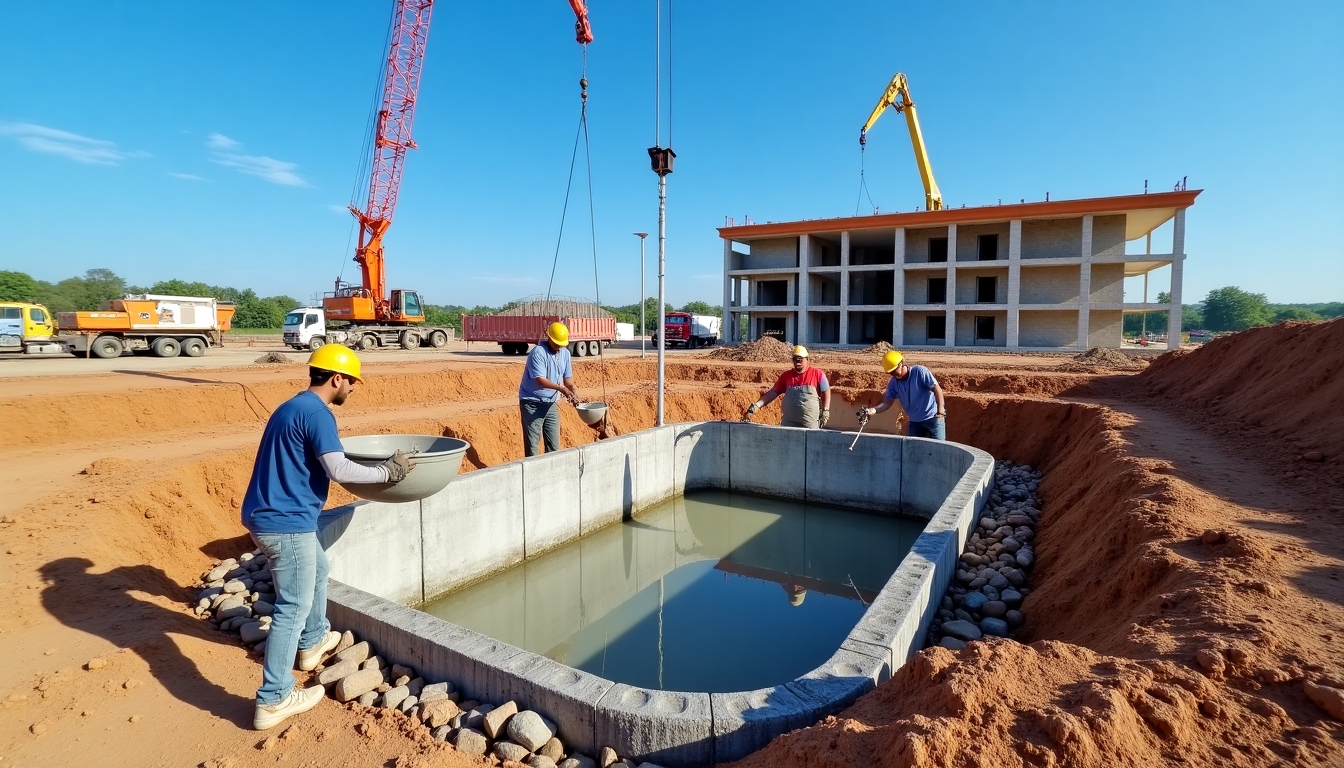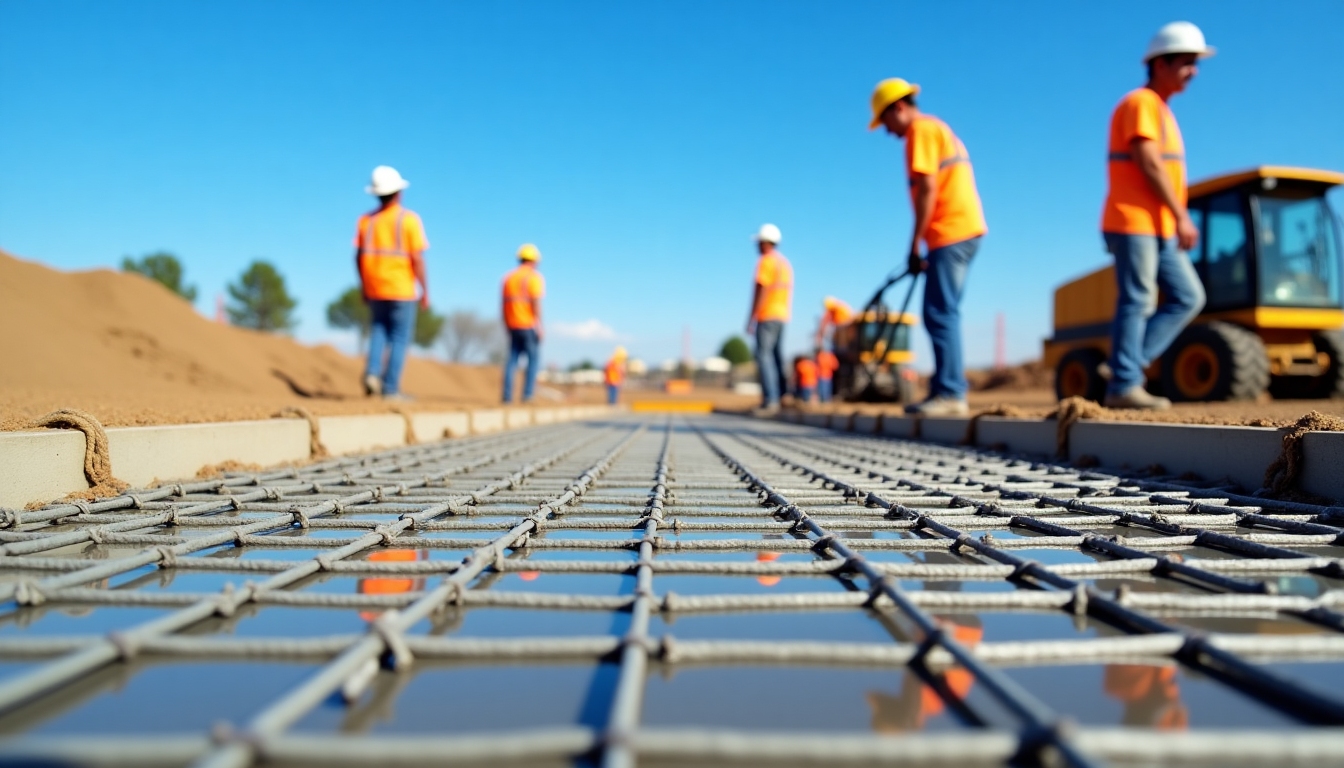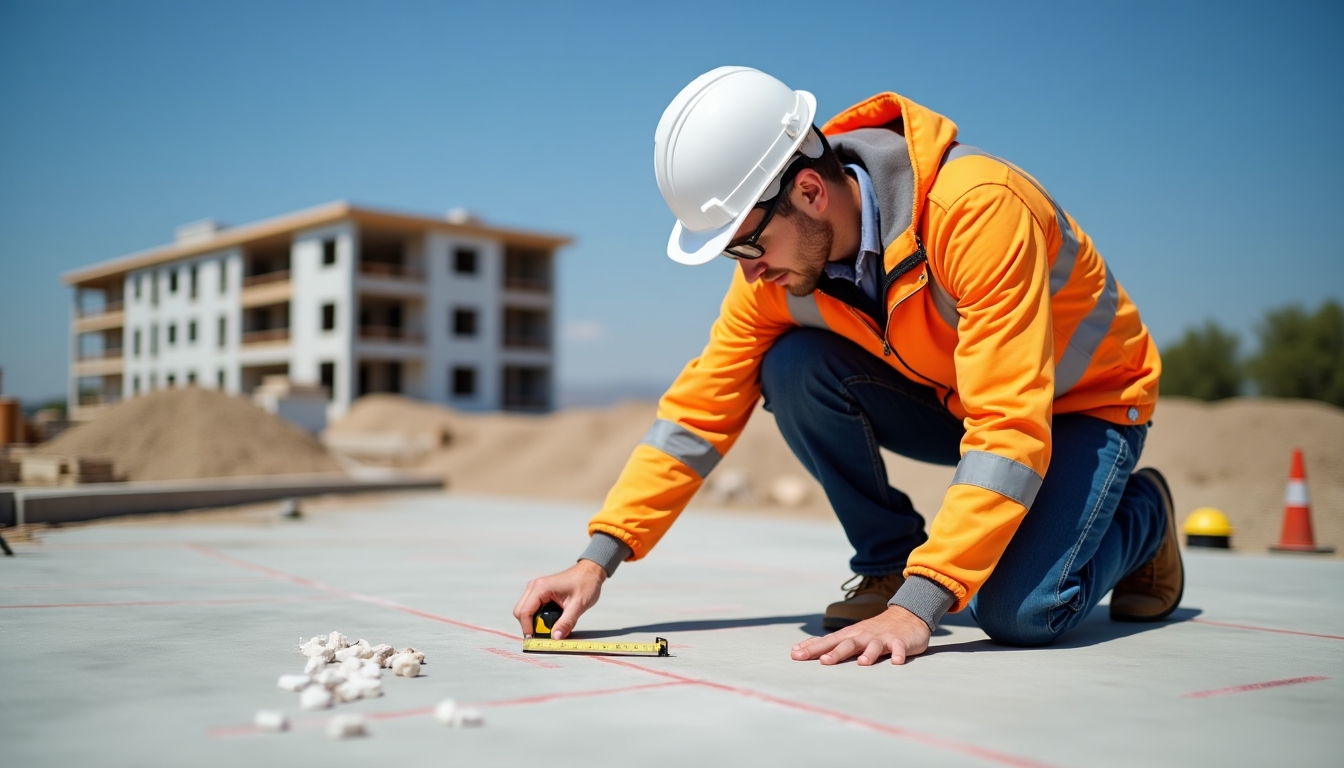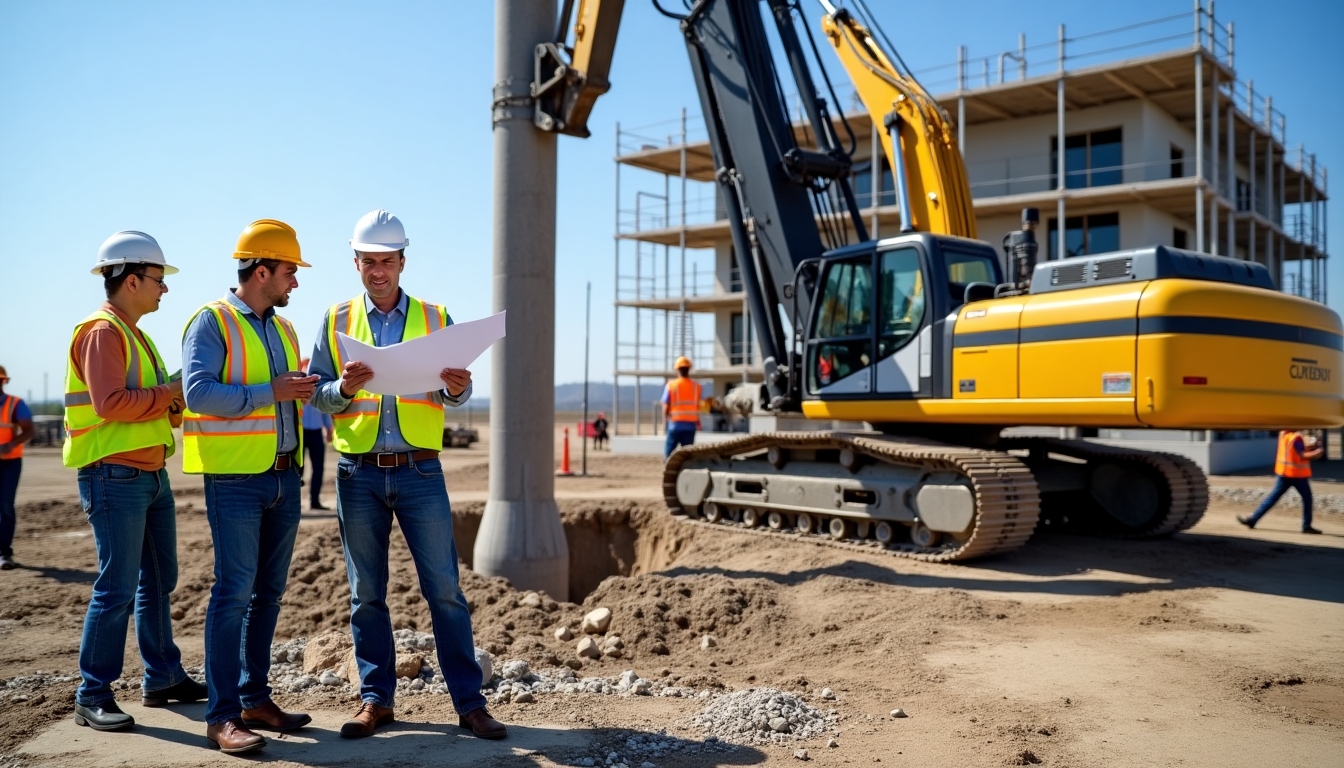Comprehensive Guide to Structural Requirements for Foundation Footings
Understanding Foundation Footings
The structural requirements for foundation footings are crucial for ensuring the stability and longevity of any building. This article provides insights into creating strong foundations while simplifying complex concepts.
Achieving a solid structure begins with understanding foundation footings. These components distribute the weight of a building evenly across the ground. Let's dive into what it takes to build safe and effective footings.

The Basics of Slab Foundation
Slab foundations are popular due to their simplicity and cost-effectiveness. A slab foundation consists of a concrete slab that sits directly on the ground. It's crucial to ensure these slabs are well-engineered to prevent issues like cracking or uneven settling.
When planning a slab foundation, consider these key factors:
- Soil Type: Identify and test the soil's load-bearing capacity.
- Slab Thickness: Typically ranges between 4-6 inches, depending on building size.
- Reinforcement: Use mesh or rebar to strengthen the slab and prevent cracking.

Footing Size and Spacing
Proper footing calculation ensures that the building's weight is adequately supported. Calculating footing size involves:
- Load Per Unit Area: Ensure the soil can support the intended load.
- Footing Width: Usually twice the width of the wall it supports.
- Spacing: Maintain equal spacing between footings to balance weight distribution.
Here's a simple calculation table for guidance:
| Building Type | Average Footing Width (inches) |
|---|---|
| Residential | 12-18 |
| Commercial | 18-24 |
| Industrial | 24-36 |

Dealing with Soil and Weather Conditions
It's essential to consider soil conditions and the weather when planning your footings. Clay soils, for instance, expand and contract with moisture changes, affecting foundation stability. Similarly, freezing weather can cause soil to shift. Address these with:
- Drainage Solutions: Divert water away from foundations.
- Frost Protection: Use deep footings or special insulation to mitigate freezing.
Personal Insights: Things to Watch Out For
In my experience, foundation footings often fail due to overlooked soil issues or inadequate reinforcement. One project taught me the importance of thorough soil testing, as unexpected groundwater led to costly delays. Always double-check with a soil test before starting work.

Advanced Techniques for Stability
For enhanced stability, consider these advanced methods:
- Underpinning: Strengthen existing foundations with additional support.
- Piling: Implement deep foundations for soft or unstable soils.
These techniques, though more expensive, can safeguard against future issues that common slab foundations might not handle.

Summary and Final Thoughts
In conclusion, understanding the structural requirements for foundation footings is critical for creating safe, durable buildings. By paying attention to soil conditions, footing calculations, and slab foundations, you set the groundwork for success.
Whether you're a builder or a homeowner, use this guide as a starting point to secure your building’s foundation. Remember, the strength of the above ground structure relies heavily on solid groundwork.





